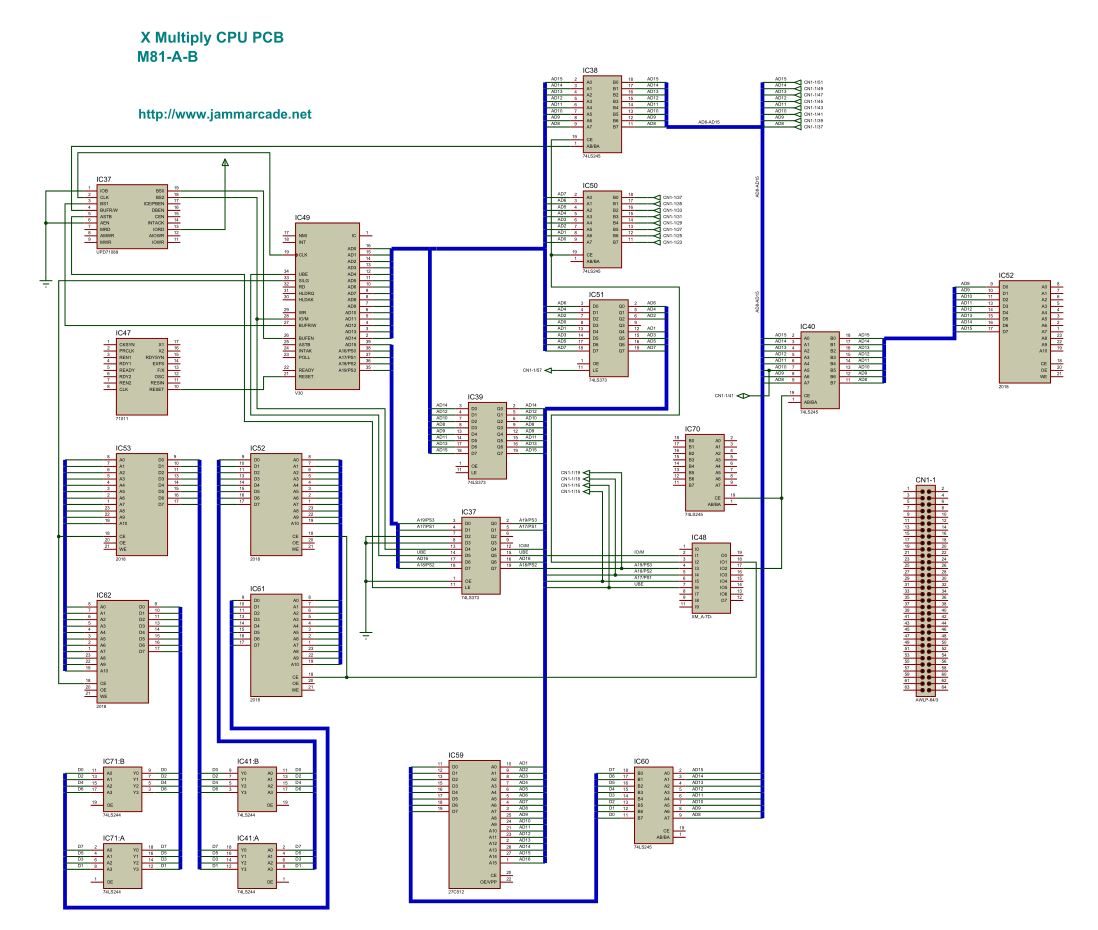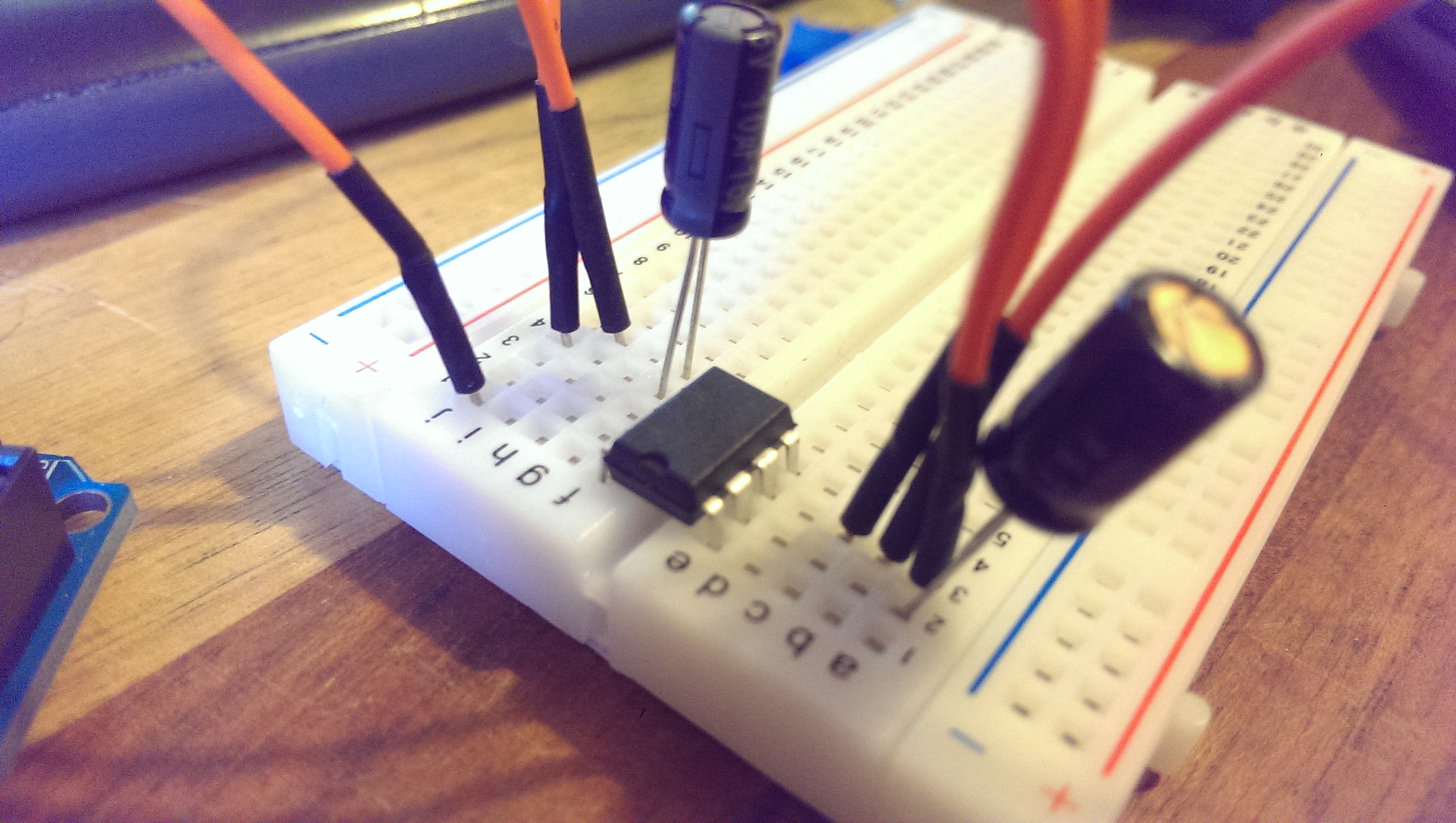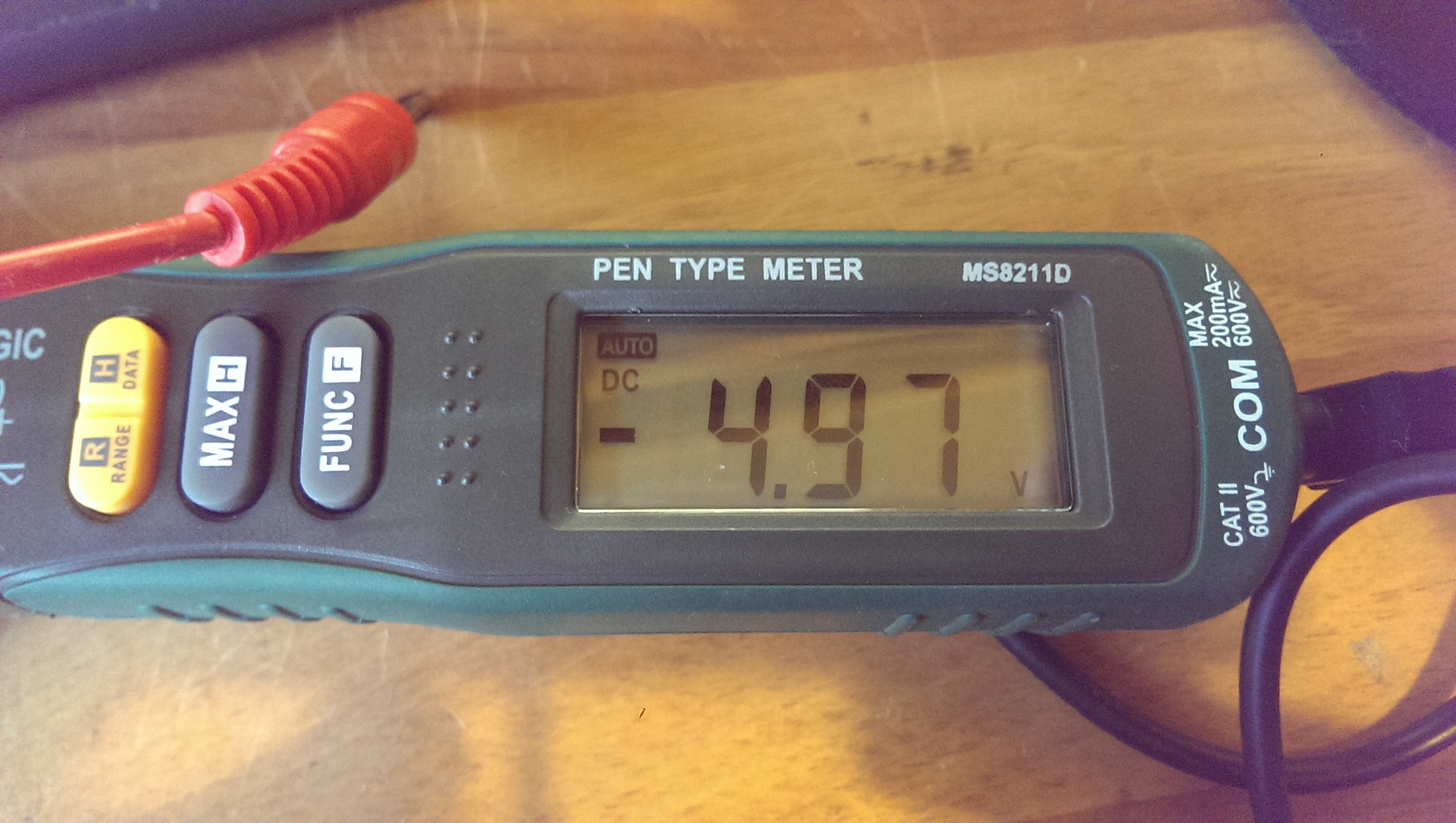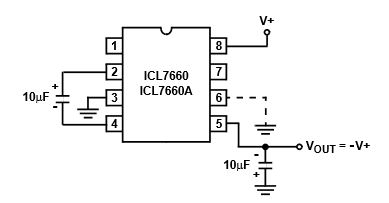Recently I offered to help out someone wanting his Super Adventure Quests NES cartridge dumped.
I was quite surprised at first as I thought all NES carts had already been dumped but apparently not.
Here is the cartridge in question.
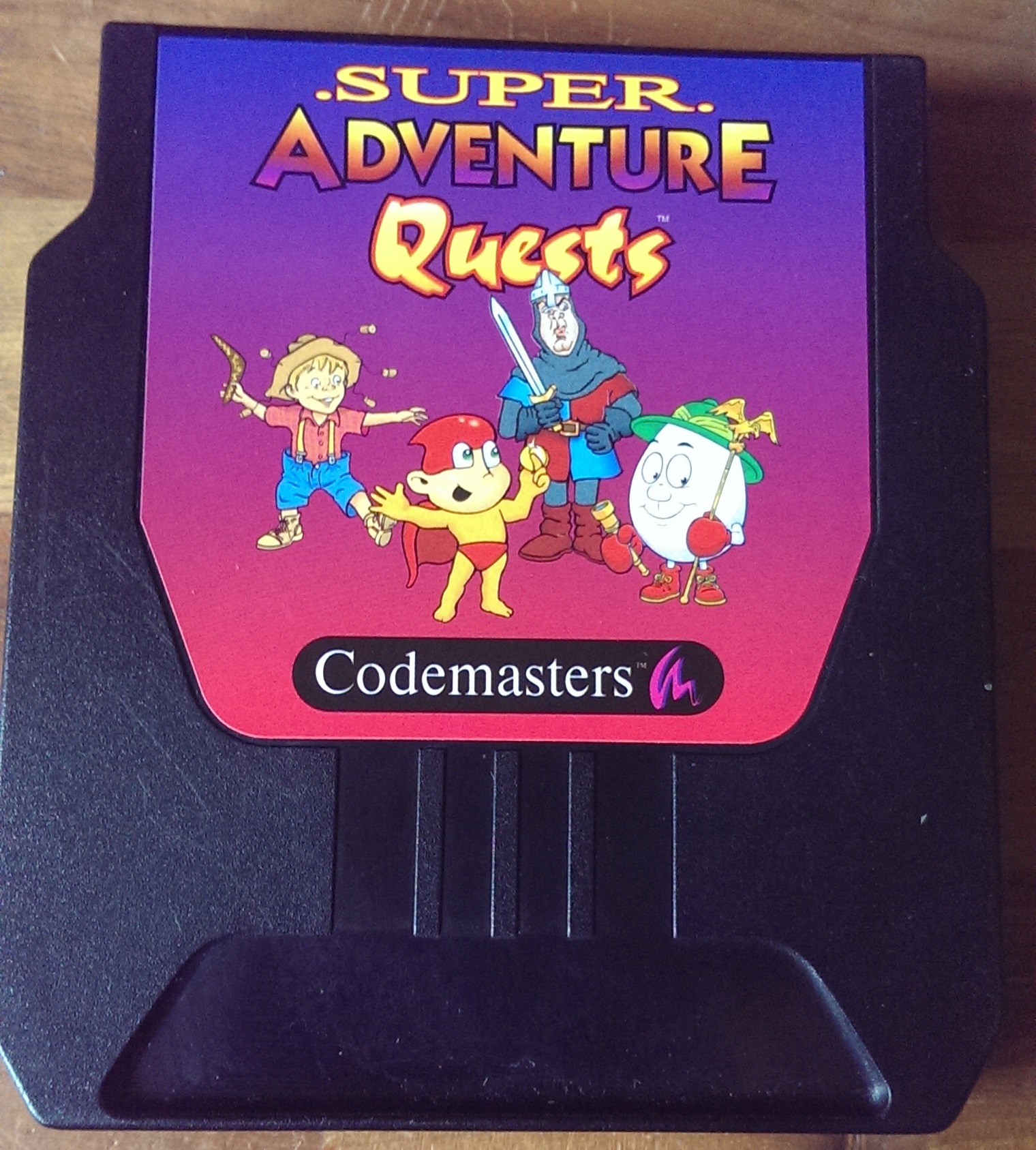
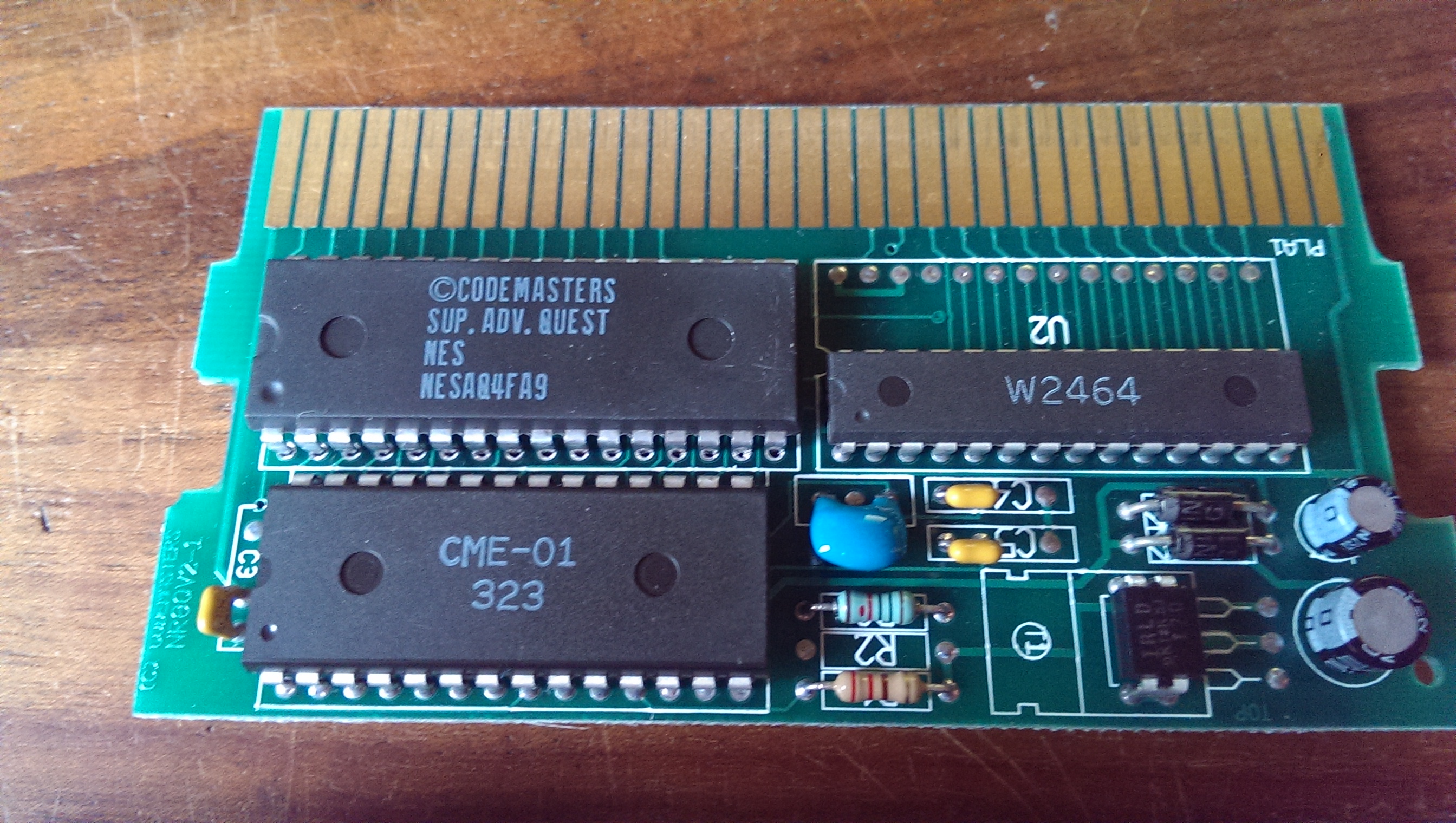
This is the same as the already dumped cartridge of Quattro Adventures. This was the NTSC release where as Super Adventure Quests was the PAL release.
The whole reason this dump in particular was wanted is because the NTSC release doesn’t work on a real PAL console using the Everdrive cartridge.
I got hold of this cart and decided the best and quickest way of dumping it was to desolder the ROM chip and read it out.
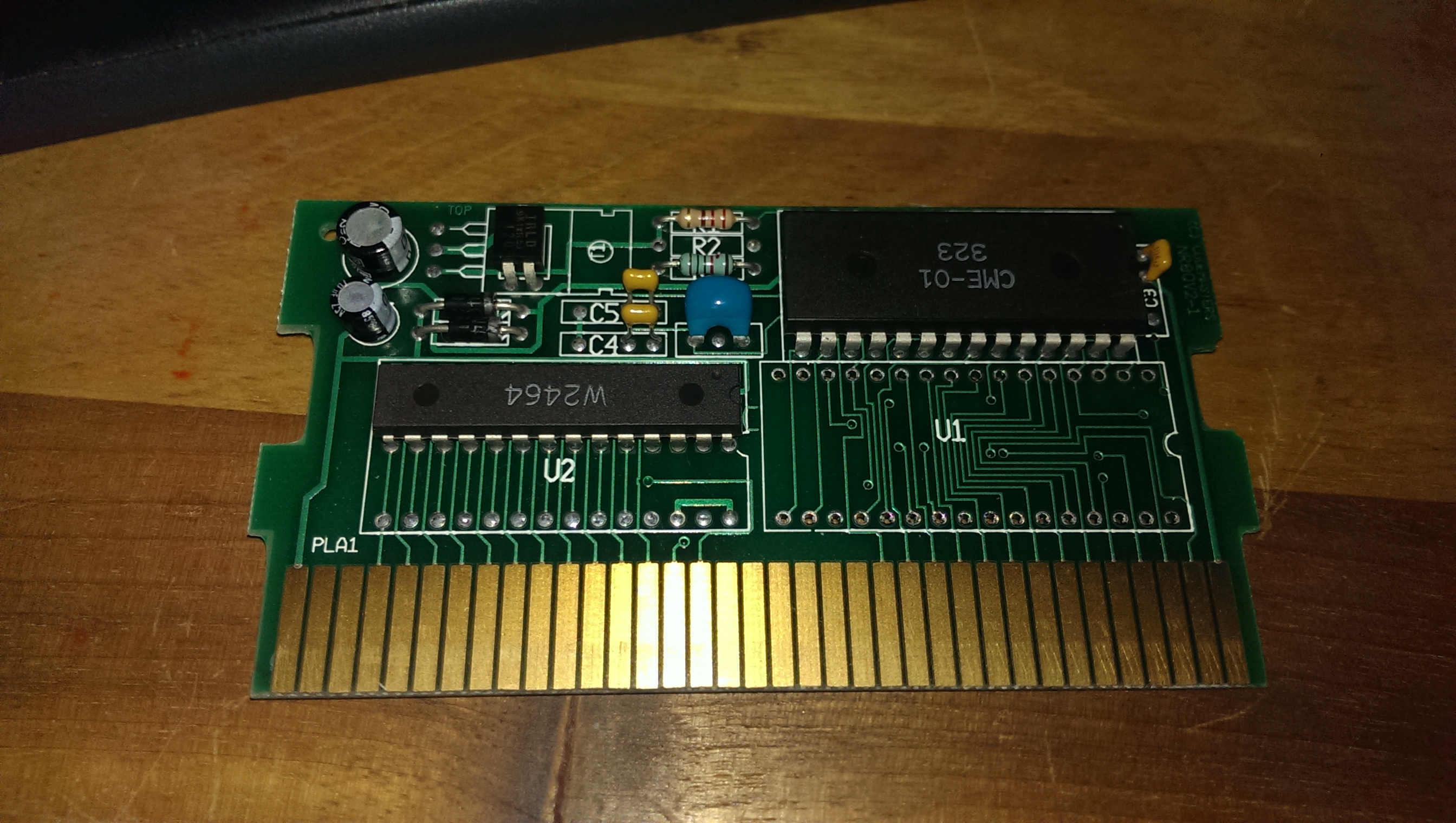
I looked online and the very small amount of information I could find suggested it was most likely a 23C2001 MASKROM pinout. As my programmer has support for this device it should have been good to go.
Well it didn’t work so after mapping out the connections on the PCB it looks like the pinout is the same as a 27C020.
This worked just fine.
Copying the iNES header from Quattro Adventures and prepending it onto my ROM allowed me to load it up in emulators to check it.
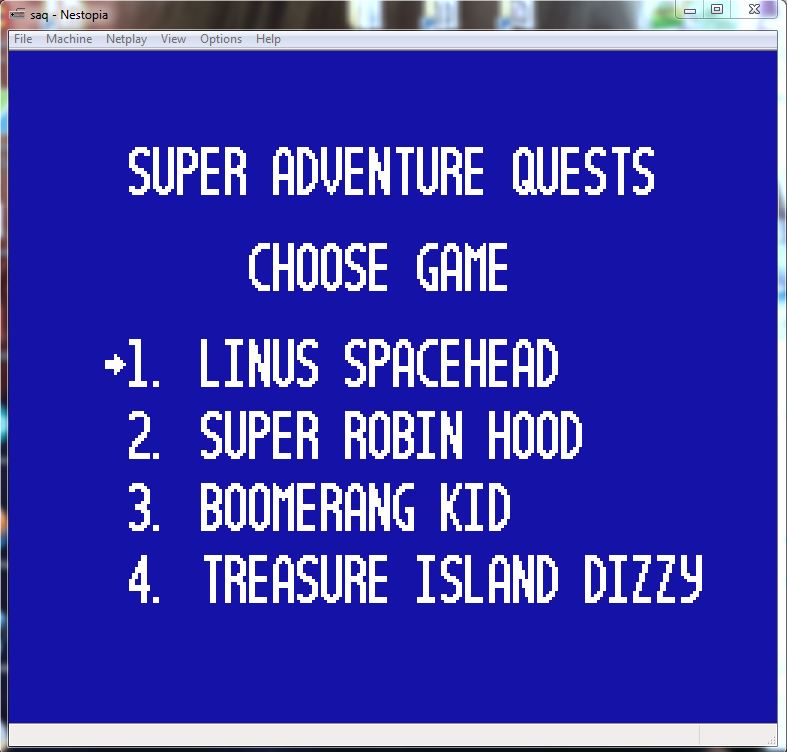
Job done. This has now been added to MESS.

